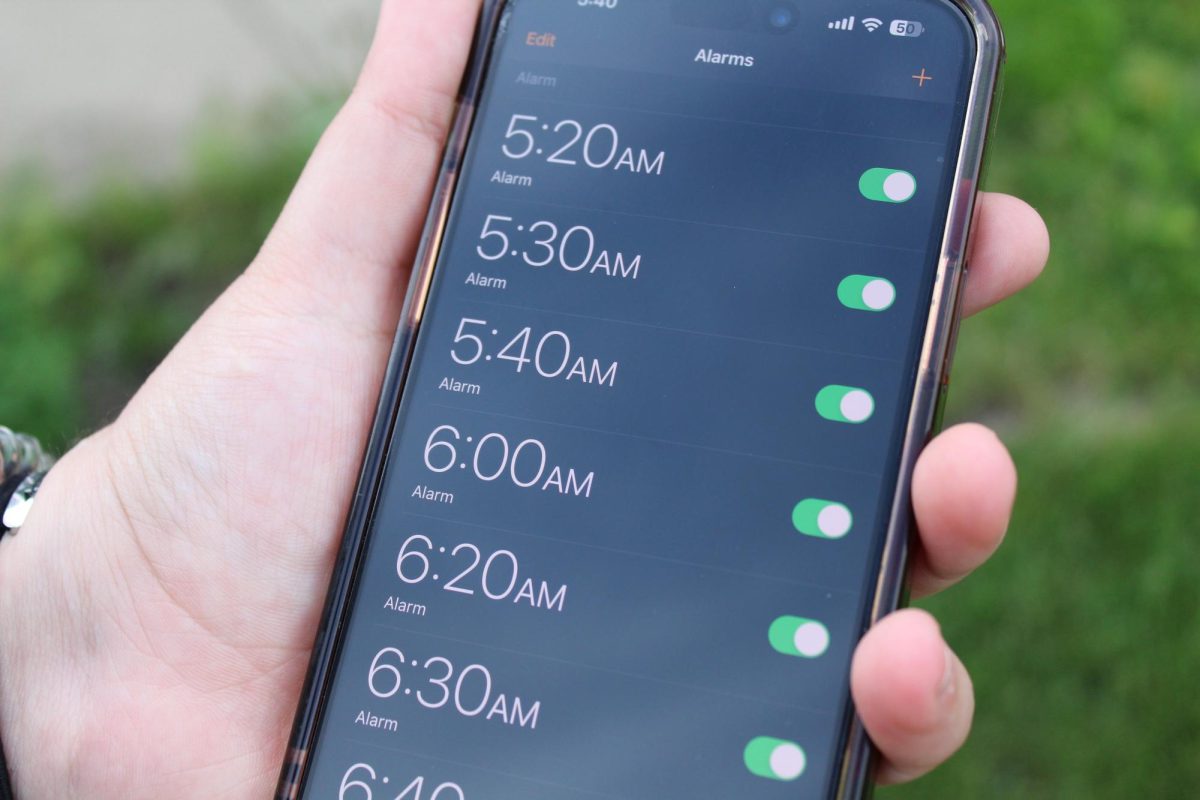The average start time for public high schools was 8 a.m. during the 2017-2018 school year, according to a survey by the National Center for Education Statistics published in 2020, the latest year for which the federal agency has comprehensive statistics. Mchenry High School begins at 7:35. Freshman campus starts at 7:25. This start time is way too early and students are dealing with the consequences.
The start time for each district is not mandated by the government. Thus, the school in different school districts may start at different times, this may also help for school buses to not be over scheduled. District 156 starts earlier than the national average, and according to the American Academy of Pediatrics, middle and high schools should start at 8:30 a.m. or later to give students the opportunity to get the sleep they need.
The main reason advocates for later school start times is the lack of sleep from students. Teens often stay up later than parents and teachers would like. However this is actually due to their body’s natural sleep cycle. According to Mayo Clinic, melatonin, a hormone that the brain produces every night to assist in sleep, is produced later at night for teens. Because of this, teens naturally sleep later. By having early start times, we’re taking away time for them to sleep.
So what if students are a little tired? What’s the big deal? Well, sleep deprivation is actually a big problem with significant impacts on students and their learning. According to Stanford Medicine, it increases the likelihood of teens suffering negative consequences, including an inability to concentrate, poor grades, drowsy-driving incidents, anxiety, depression, thoughts of suicide and even suicide attempts. It’s a problem that knows no economic boundaries.
A study conducted by the National Institute of Child Health and Human Development found that schools with later start times had more success at school. They experienced better attendance, mood, and overall satisfaction. The results of this study support the potential benefits of adjusting school schedules to adolescents’ sleep needs, circadian rhythm, and developmental stage.
While changing start times would be extremely beneficial for the community, it’s not a total solution. It takes effort from students, parents, and teachers. Students should reduce the amount of time spent on devices, parents should encourage healthy sleep habits, and teachers need to minimize pressure and expectations. When all of these things are paired with later start times we will truly see a change.




